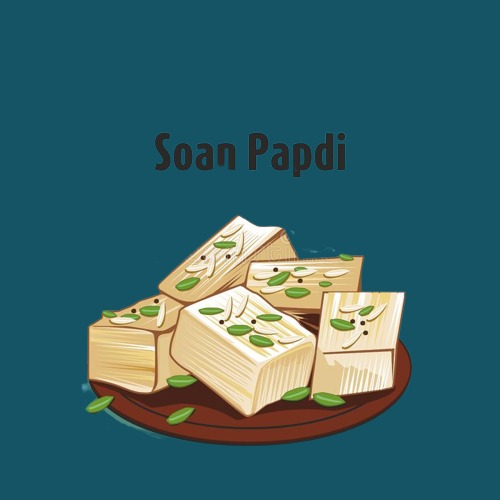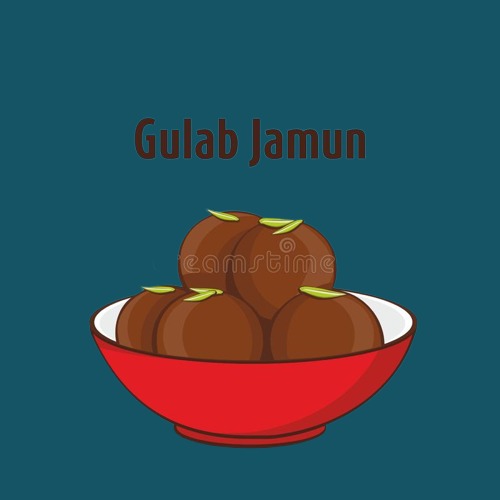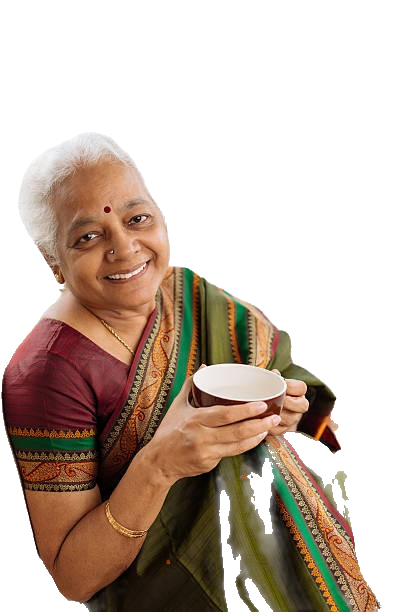Indian sweets reimagined...

Indian sweets reimagined...

The original therapeutic diet for paediatric epilepsy provides just enough protein for body growth and repair, and sufficient calories to maintain the correct weight for age and height. This classic ketogenic diet contains a 4:1 ketogenic ratio or ratio by weight of fat to combined protein and carbohydrate. This is achieved by excluding high-carbohydrate foods such as starchy fruits and vegetables, bread, pasta, grains, and sugar, while increasing the consumption of foods high in fat such as nuts, cream and butter.
Millions of South Asians suffer from diabetes and other diseases as a result of high blood sugar. Well, fret not because the revolution in sweets is here. No longer do you have to say no to that piece of jalebi or that rasmalai. Gone are the days of looking around awkwardly at family gatherings, wondering just how you'll get yourself out of eating sweets this time...Our desserts are made of almond flour, coconut flour, all natural monkfruit sweetnerand a whole host of flavors you know and love - cardamom, pistachio, rosewater, saffron and love, of course!

Soan papdi (also known as san papri, shompapri,sohan papdi, shonpapdi or patisa)[1] is a popular dessert in the Indian subcontinent. The term sohan is of Persian origin.[2] It bears some resemblance to the Persian sohan pashmaki[2], which gave rise to the Turkish pişmaniye[3]. It is usually cube-shaped or served as flakes, and has a crisp and flaky texture.

It is made mainly from milk solids, traditionally from khoya, which is milk reduced to the consistency of a soft dough. Modern recipes call for dried or powdered milk instead of khoya. It is often garnished with dried nuts such as almonds and cashews to enhance flavour.

I went from bedridden to doing muay thai kick boxing and boxing. Keto and intermittent fasting reversed my pre diabetes and my ANA is now NEGATIVE. I used to have positive SSI and now it’s negative. I have come back from the dead

I never even knew desi keto was a thing! Growing up my mom always told me to be careful with rice and roti but desserts were always a must. It was only when I was diagnosed with diabetes did I realize that I needed to change if I wanted to live a healthy life. And now I can enjoy all the best treats without worrying about my blood sugar.

The soan papdi is so delicious my grandson had no idea it was a "health" food item. If only my sister had known that something like this was possible...